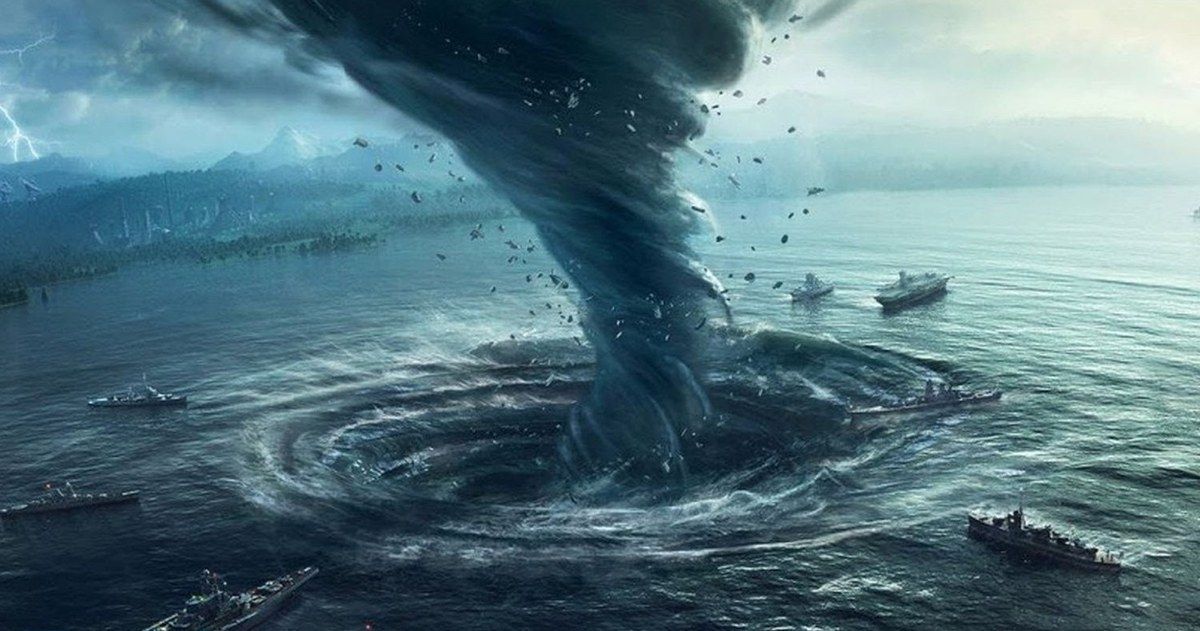Last week, it was announced that the mystery behind the Bermuda Triangle had been solved. A Science Channel show claimed to have the definitive answer behind the phenomena. But the scientist interviewed claims this is not what he intended to happen. And that the mystery hasn't been put to rest at all.
The show What On Earth featured a segment with Randall Cerveny, director of the meteorology department at Arizona State University, where it appeared he had discovered the secret to all those disappearing planes and ships that had entered the Bermuda Triangle. In reality, the man says he has no interest in the Bermuda Triangle, or divulging the truth behind those disappearances that have plagued the area for years. Cerveny had this to say to The Washington Post.
"The editing on this was horrendous. I was really upset when I saw this."
A lot of people have seen this report now, thanks to the U.K. based newspaper The Sun. The Bermuda Triangle segment originally aired in the United Kingdom before The Sun turned it into headline news. The report claimed that 170 mph 'air bombs' were the answer to the Bermuda Triangle disappearances, as these huge gusts are capable of taking down ships and knocking planes out of midair. Soon, the New York Post picked up the story, and they were the ones that actually tacked on the headline: 'The mystery of the Bermuda triangle may finally be solved!'
Soon dozens of other publications ran with the story, all of which cite the Science Channel as the authority on the subject. But as it turns out, the network actually misquoted Cerveny. The man is not only the director of a university meteorology department, but he is also the leading reporter on extreme records for the United Nations' World Meteorological Organization. And he's the one that gets to determine whether an extreme weather report has broken a world record or not. Says Steven Green, the COO of WAG who produced the Bermuda Triangle segment.
"What on Earth? looks at strange images captured by satellite cameras. Through our experts, each story explores a number of theories and speculates about different causes, before focusing on the most likely answer to the mystery."
In the What on Earth segment, the narrator says this.
"Scientists believe the powerful winds reported by radar in the North Sea also exist below the hexagonal clouds over the Bahamas, and meteorologist Randy Cerveny thinks they're connected to a terrifying atmospheric phenomenon."
In the report, Cerveny himself explains that the hexagonal shapes discovered in the clouds could possibly form what are being called 'air bombs'. But in actuality, the meteorologist is simply explaining 'microbursts', which have been reported on and analyzed many times before. But the narrator goes onto say this, claiming that the meteorologist has solved the mystery behind the Bermuda Triangle.
"If Professor Cerveny is right, and these strange hexagons are the signature of deadly air bombs, then this satellite image could solve the riddle of the Bermuda Triangle."
Randall Cerveny does confirm that microbursts are a real phenomenon, and that they are capable of sinking a ship or downing an airplane. But he claims he no way intended to imply that this is what is happening in the Bermuda Triangle, or that he solved the mysterious riddle plaguing the area. Nor does he even claim that the curse of the Bermuda Triangle is real, and he never meant to imply that it was. Cerveny goes onto state that he offered the microburst explanation as a theory that needed to be knocked down. But instead, the Science Channel ran with it as a legitimate explanation behind the Bermuda Triangle.
What has upset Cerveny the most is that he never had a chance to view the show before it aired and correct the claims it was making. He says the whole thing came as a big surprise. He had no idea what was going on and says he has no interest in studying the Bermuda Triangle. So, it sounds like it's back to the drawing board on this age-old mystery.

